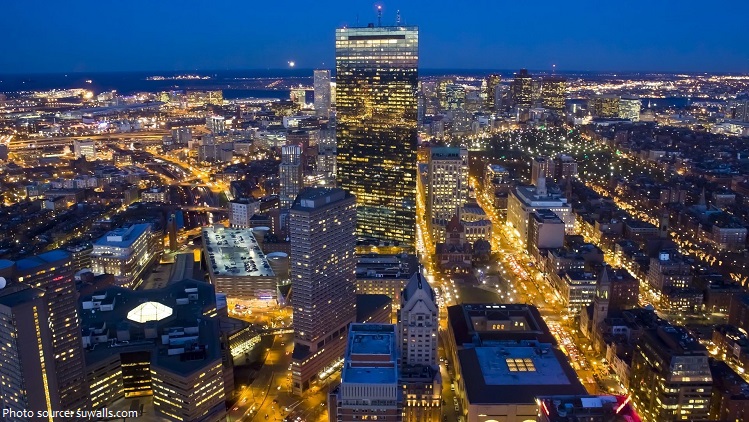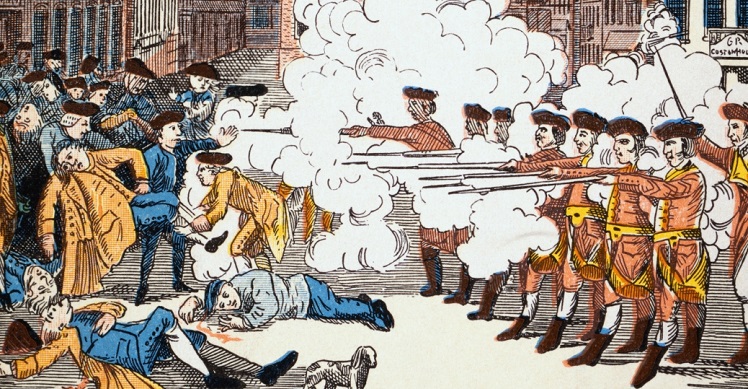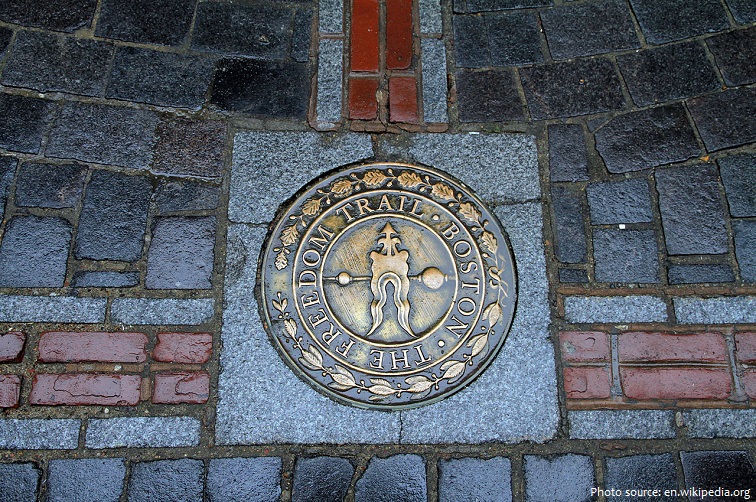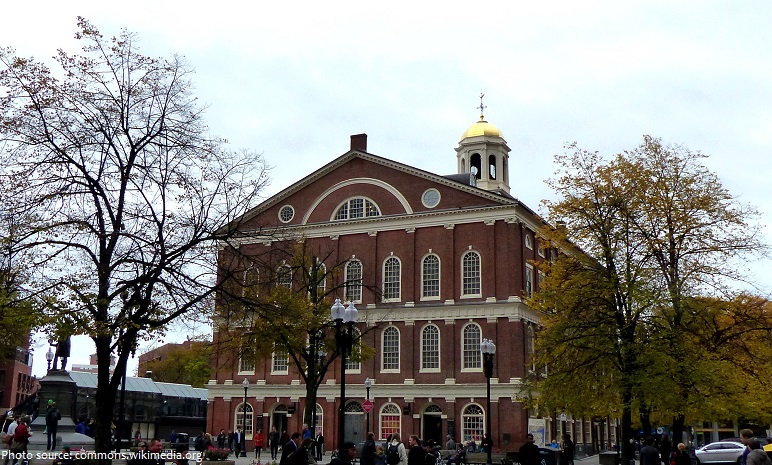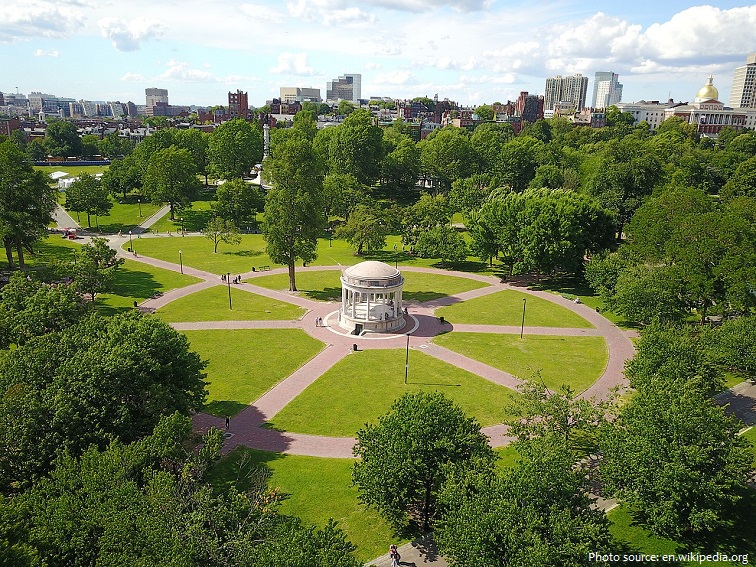Boston is the capital and most populous city of the Commonwealth of Massachusetts in the United States.
The city is located along the Atlantic Ocean coastline. It is the only state capital in the contiguous United States with a coastline.
As of March 2019, the population of Boston is about 700,000 people. It is is the 21st most populous city in the United States.
The city covers a total area of 232 square kilometers (90 square miles).
The highest point in Boston is Bellevue Hill at 100 meters (330 feet) above sea level, and the lowest point is at sea level.
Boston is one of the oldest cities in the United States, founded on the Shawmut Peninsula in 1630 by Puritan settlers from England.
Boston was the largest town in British America until Philadelphia grew larger in the mid-18th century.
During the late eighteenth century Boston was the location of several major events surrounding the American Revolution, including the Boston Massacre, the Boston Tea Party, the Battle of Bunker Hill and the Siege of Boston.
The city recovered after 1800, re-establishing its role as the transportation hub for the New England region with its network of railroads, and even more important, the intellectual, educational and medical center of the nation.
Though Boston, like New England in general, has played a lessening role in national life since the early 20th century, it has remained the focal point of what may be the most diversified and dynamic combination of educational, cultural, medical, and scientific activities in the United States.
The Freedom Trail is a 4-kilometer (2.5-mile-long) path through downtown Boston, Massachusetts, that passes by 16 locations significant to the history of the United States. Marked largely with brick, it winds between Boston Common to the Bunker Hill Monument in Charlestown. Stops along the trail include simple explanatory ground markers, graveyards, notable churches and buildings, and a historic naval frigate.
Faneuil Hall located near the waterfront and today’s Government Center, in Boston, Massachusetts, has been a marketplace and a meeting hall since 1743. It was the site of several speeches by Samuel Adams, James Otis, and others encouraging independence from Great Britain. Now it is part of Boston National Historical Park and a well-known stop on the Freedom Trail. It is sometimes referred to as “the Cradle of Liberty.”
Boston Common is a central public park in downtown Boston, Massachusetts. Dating from 1634, it is the oldest city park in the United States. The Boston Common consists of 50 acres (20 ha) of land bounded by Tremont Street (139 Tremont St.), Park Street, Beacon Street, Charles Street, and Boylston Street.
Known as “America’s Most Beloved Ballpark”, Fenway Park is one of the most fabled sports complexes in the country, and even if you’re not a sports fan, a tour of it is both fun and interesting. The home of the Boston Red Sox looks much the same as it did when it opened on April 20, 1912.
Across the Charles River, a watery summer recreation area whose Boston shore is reserved as the Esplanade park, is Cambridge. Although a separate and independent city, for tourist purposes, Cambridge is part of Boston and connected by the same transit system. Here, you’ll find two of America’s most prestigious and important universities, Harvard [Photo below] and the Massachusetts Institute of Technology (MIT).
The first American schools in the thirteen original colonies opened in the 17th century. Boston Latin School was founded in 1635 and is both the first public school and oldest existing school in the United States.
The Tremont Street subway in Boston’s MBTA Subway system is the oldest subway tunnel in North America and the third oldest still in use worldwide to exclusively use electric traction (after the City and South London Railway in 1890, and the Budapest Metro’s Line 1 in 1896), opening on September 1, 1897.
Its nickname “Beantown” has its origin in colonial times, when Boston, as a stop on a major trade route with the West Indies, had a steady supply of molasses from the Caribbean, thus leading to the creation of a popular dish that became known as Boston baked beans (beans baked in molasses).
Between 1631 and 1890, the city tripled its area through land reclamation by filling in marshes, mud flats, and gaps between wharves along the waterfront.
Boston’s economic base also includes finance, professional and business services, biotechnology, information technology, and government activities.
Households in the city claim the highest average rate of philanthropy in the United States.
Boston is sometimes called a “city of neighborhoods” because of the profusion of diverse subsections; the city government’s Office of Neighborhood Services has officially designated 23 neighborhoods.
Boston has one of the highest costs of living in the United States.

